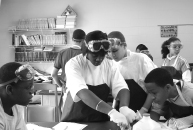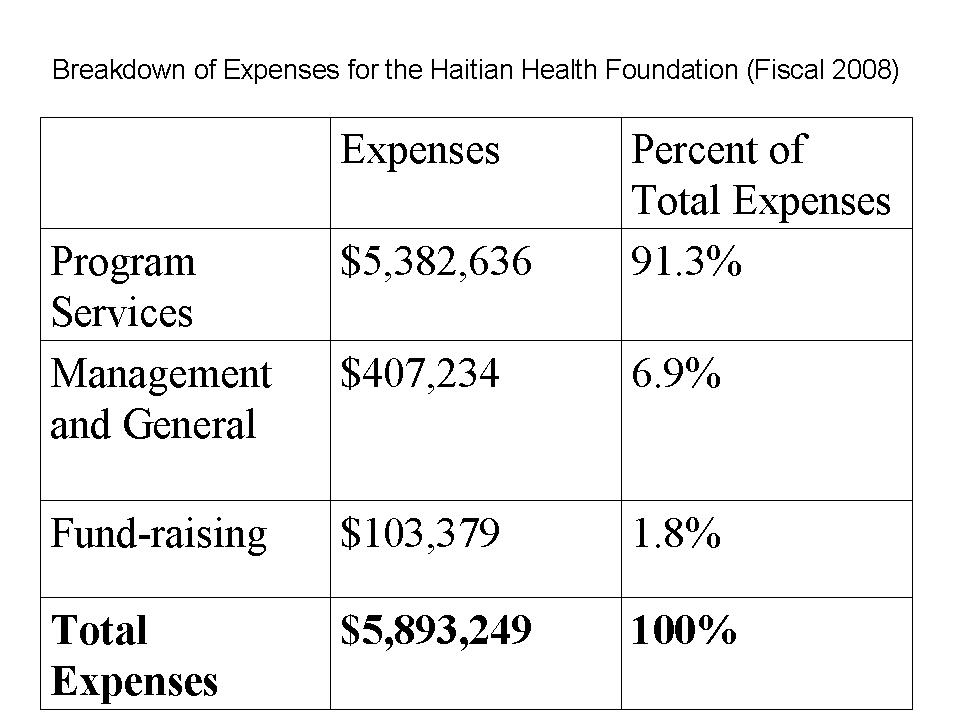More than two months have passed since the Indian Ocean tsunami disaster. The number of people confirmed dead, or missing and presumed dead, stands at 290,713 and is expected to rise. Immense international support has seen to it that victims in many of the accessible regions have basic necessities such as food, clothing, medical supplies and temporary shelter.
But as many governments and international relief organizations shift their focus toward longer-term reconstruction, estimates show that a substantial shortfall may arise between the amount of aid that will be needed for these projects and the amount that will be contributed or pledged. Further, if funding of long-term relief efforts for previous natural disasters is any guide, most of the money pledged will never be delivered. Meanwhile, some non-governmental organizations (NGOs) have begun to turn away contributions for their tsunami appeals after receiving more donations than anticipated.
The United Nations’ initial assessment of the damage in the tsunami-devastated regions of South Asia and East Africa estimates that reconstruction and other long-term relief efforts will take up to 10 years and may cost as much as $12 billion. According to the UN’s Office for the Coordination of Humanitarian Affairs (OCHA), public and private sources have pledged about $6.3 billion in aid, consisting of $5.7 billion by 90 governments and inter-governmental agencies and at least $596 million by individuals and private institutions. The UN acknowledges that the amount contributed by private sources is understated because not all NGOs are reporting such contributions. Based on these statistics, an aid deficit of as much as $5.7 billion will occur if additional donations and commitments are not made.
This will translate into many necessary projects not being completed. More than 1 million survivors have been displaced as a result of the tsunami’s destruction. Homes, schools and hospitals must be rebuilt. Livelihoods will have to be restored. Fishermen have lost their boats and fishing nets, farmland has been damaged by salt water, and the tourism industry in the affected countries has taken a serious blow.
Most of the money pledged by governments has not been distributed, and, in addition to the potential shortfall, there is major concern that much of it will not be. Hurricane Mitch in 1998 and the 2003 earthquake in Iran are examples of major natural disasters for which international government aid delivered fell far short of what was promised. For Hurricane Mitch, which struck Central America, foreign governments promised a total of $9 billion in aid for relief, reconstruction and debt relief. However, according to Oxfam, an NGO that provides humanitarian relief and rehabilitation in the wake of disaster, less than one-third of the aid has been delivered. A total of $1 billion was pledged to Iran after it sustained a devastating earthquake in the city of Bam that killed more than 26,000 people. However, Iranian officials state that only $17.5 million has been received.
Several factors may keep governments from funding 100 percent of their pledges. First, governments donating the funds typically set strict guidelines that include who will be allowed to complete projects and the time frame in which the projects are to be completed. Second, donor countries will typically abandon certain relief projects if they prove unproductive. Finally, governments may divert money initially earmarked for a particular disaster to other disasters that occur later.
Many charities were not prepared for the large inflow of donations they received for the tsunami disaster. In many cases, these organizations will be unable to deploy all of the funds for their intended purpose. Some groups, such as the American Red Cross and Oxfam America, are no longer accepting donations for their tsunami fund-raising initiatives because they have received more than adequate contributions and pledges to meet their immediate and longer-term relief efforts. World Vision, a Christian organization based in Washington, also has stopped soliciting donations for tsunami relief after raising $250 million worldwide since the disaster. However, the organization expects that it will need as much as an additional $150 million over the next five years in Asia, which it believes likely will be covered by annual contributions.
Once appeal targets have been met for a particular relief effort, charitable organizations are allowed to redirect additional donations to other similar disasters. However, having learned from poor decisions by some organizations to use excess funds raised for families of 9/11 victims for other relief efforts without informing contributors, many of these organizations are asking donors if some of their contributions may be redeployed to unrelated initiatives. Many charities also are keeping donors abreast of the amount of money that has been collected and how it is being spent.
Other challenges confronting both immediate relief efforts and long-term reconstruction include bureaucracy, poor communication, corruption and inaccessibility. For example, it has been reported that the Indian government has not been providing much guidance to the many domestic and international relief agencies that are working in India. Many projects are being duplicated because the government has not coordinated efforts or provided a means for sharing information among the relief organizations.
In India, a language barrier between domestic and international organizations working in the same areas has further complicated coordination. To deal with the lack of coordination, the NGOs have created coordination cells that gather information from each village on a daily basis and transmit it to a government district relief officer to organize and disseminate to members of the cell.
Government and military corruption, which is all too common in Indonesia and Sri Lanka, also raises concern that aid will be misappropriated. Reports have surfaced of the government and military soliciting bribes from relief workers to enter the Aceh countryside in Indonesia, one of the worst-hit areas. To reduce or eliminate such corruption, OCHA is developing a public tracking system for most relief funds. The Internet-based system will report the amount of money committed to the tsunami disaster, the donor, the amount spent, who is spending the money and the projects funded.
Finally, delivering aid to some regions has been a formidable task. In Maldives, a population of 400,000 is dispersed across 200 of its 1,192 islands that span 560 miles in the Indian Ocean. All relief and construction supplies must be delivered to individual islands, which is made more difficult by the fact that the islands are mainly accessible by small boats, helicopters or seaplanes. These modes of transportation limit the amount of supplies that can be delivered at a given time. It is far too soon to tell if there will be a substantial aid deficit or how much government aid actually will be distributed to the tsunami regions. In the meantime, you can help by making cash donations to established charitable organizations that are actively involved in the tsunami relief efforts and are still accepting contributions for such activities. Be conscious of the many fraudulent organizations that have sprung up after the disaster to take advantage of donors’ kindness and victims’ misfortunes. Before writing your check, visit the organization’s Web site to get a detailed description of the charity’s objectives and an account of its current and long-term plans for rebuilding. Also verify that the organization is in good standing with the Better Business Bureau. If you are so inclined, you also can obtain a copy of the organization’s tax filing from Guidestar (www.guidestar.org), a national database of nonprofit organizations, to determine the amount of money it spends on its charitable programs as opposed to administrative and fund-raising costs. Consider avoiding any organization that spends more than 35 percent of donations on non-program-related expenses.
In the days following the disaster, the board of directors of Palisades Hudson Charitable Portfolio, Inc. (PHCP) redirected the primary objective for the Humanitarian Relief Portfolio to address long-term relief and reconstruction projects in the areas devastated by the tsunami. PHCP currently is screening charities to select a group of four to six that will be efficient, effective and innovative in achieving this goal. Our staff’s due diligence process incorporates the steps mentioned above, among others. Once the board has selected the charities, PHCP will communicate the results of its research to existing and potential donors. Then, the board will distribute all tsunami donations to one or more of the chosen organizations.








